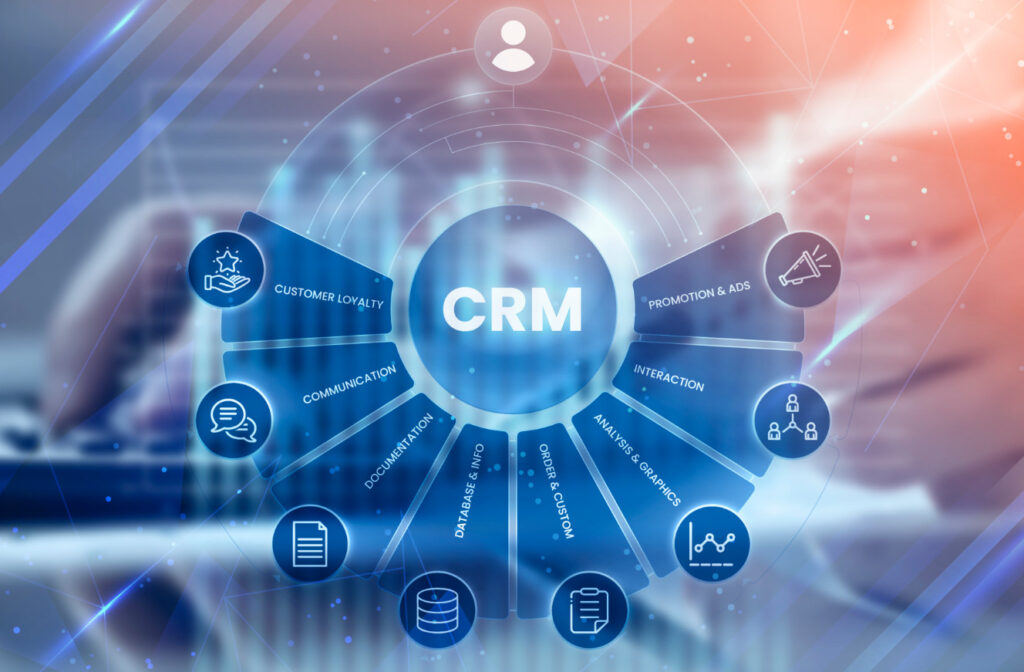
In today’s competitive marketplace, managing customer relationships effectively is more critical than ever. A Customer Relationship Management (CRM) system can be a game-changer, streamlining your sales processes, enhancing customer satisfaction, and boosting your bottom line. However, with a plethora of options available—including cloud-based and self-hosted solutions—choosing the right CRM for your business can be daunting. This step-by-step guide aims to simplify the process and help you make an informed decision that aligns with your business needs.
Step 1: Identify Your Business Needs
Before diving into the myriad of CRM options, take a step back to assess your specific requirements.
- Sales Processes: Do you need a CRM to manage leads, track sales, or both?
- Customer Service: Will the CRM be used to handle customer inquiries and support tickets?
- Marketing Automation: Are you looking for features like email marketing, campaign management, or analytics?
Action Point: List down the primary functions you expect from a CRM to address your business challenges.
Step 2: Choose Between Cloud-Based and Self-Hosted CRM Solutions
One of the crucial decisions you’ll make is whether to opt for a cloud-based CRM or a self-hosted solution.
Cloud-Based CRM
- Pros:
- Accessibility: Access your CRM from anywhere with an internet connection.
- Low Upfront Costs: Typically subscription-based, reducing initial investment.
- Maintenance: The provider handles updates and maintenance.
- Cons:
- Limited Customization: Less flexibility to tailor the system to your unique needs.
- Data Control: Your data resides on third-party servers, raising potential security concerns.
- Recurring Costs: Ongoing subscription fees can add up over time.
Self-Hosted CRM
- Pros:
- Data Ownership: Complete control over your data, enhancing security and compliance.
- Customization: High flexibility to modify features according to your business processes.
- One-Time Cost: While the initial investment might be higher, long-term costs can be lower.
- Cons:
- Maintenance Responsibility: You’ll need to handle updates, backups, and security measures.
- Technical Expertise: Requires in-house IT skills or external support for setup and maintenance.
- Accessibility: May require VPN or other solutions for remote access.
Action Point: Weigh the pros and cons in the context of your business. If data security and customization are top priorities, a self-hosted CRM might be the better choice.
Step 3: Consider Scalability and Customization
Your business will evolve, and so should your CRM.
- Scalability: Can the CRM accommodate an increasing number of users and data volume?
- Customization: Does it allow you to add or modify features as your business processes change?
Action Point: Choose a CRM that not only fits your current needs but can also grow with your business.
Step 4: Evaluate Integration Capabilities
A CRM doesn’t operate in isolation.
- Existing Systems: Ensure compatibility with your current software like ERP systems, email clients, and marketing tools.
- APIs and Plugins: Check if the CRM offers APIs or plugins for seamless integration.
Understanding the importance of integration can be further explored in CRM.org’s article on CRM integration.
Action Point: List the essential tools you need to integrate and verify compatibility.
Step 5: Assess User-Friendliness
Adoption is key to a successful CRM implementation.
- Interface: Is the CRM intuitive and easy to navigate?
- Training Resources: Are tutorials, documentation, or customer support readily available?
- User Feedback: Consider demos or trial periods to gather feedback from your team.
Action Point: Involve end-users in the selection process to ensure the CRM meets their usability expectations.
Step 6: Analyze Cost vs. Value
While cost shouldn’t be the sole factor, it’s an important consideration.
- Total Cost of Ownership: Include license fees, implementation costs, training, and maintenance.
- ROI Potential: Assess how the CRM can contribute to revenue growth or cost savings.
Action Point: Create a detailed budget and conduct a cost-benefit analysis.
Step 7: Look Into Customer Support and Community
Reliable support can make or break your CRM experience.
- Support Channels: Are there multiple ways to get help (email, phone, chat)?
- Community and Updates: Active user communities and regular updates are signs of a robust CRM.
Action Point: Test the support services and explore community forums to gauge responsiveness and helpfulness.
Conclusion
Choosing the right CRM is a strategic decision that can significantly impact your business operations and customer relationships. By following this step-by-step guide, you can systematically evaluate your options and select a CRM—be it cloud-based or self-hosted—that aligns with your business objectives. Remember, the ideal CRM should not only meet your current needs but also adapt to future challenges and opportunities.
Final Tip: If data security, customization, and long-term cost efficiency are paramount for your business, consider exploring self-hosted CRM solutions like Grow CRM. They offer greater control and flexibility, enabling you to tailor the system precisely to your requirements.


